Apple self-repair program begins its long sustainability journey

Apple has finally opened the doors that will make it easier to repair its products, but there might still be some caveats to an almost perfect situation.
Smartphones of today are not designed for easy repair, either by normal people or authorized personnel. Companies are keen to protect their intellectual property and ensure that smartphones don’t break or become damaged by water or dust. Of course, that has made the repair narrative of these expensive devices even more expensive, tedious, and uncertain. Things have gotten so bad that even governments have started to weigh in on the matter. Before things come to a head, though, Apple spearheaded a new trend to offer self-repair services, which it has now finally launched, starting in the US.
Designer: Apple

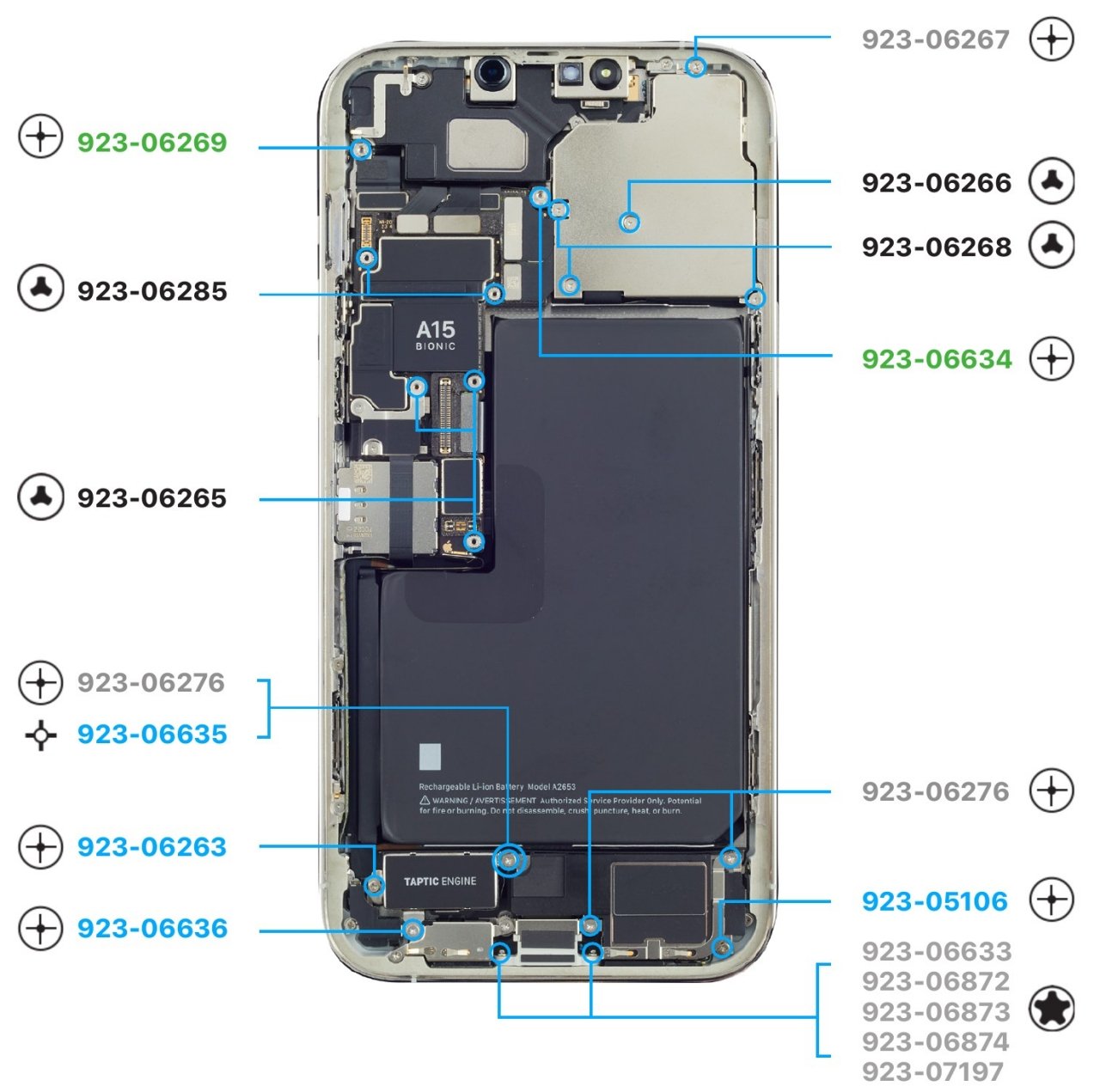
Companies have many reasons and excuses to limit repairs to official channels only.
Manufacturers can’t control the quality or legal liability of anyone who alters their products. People who don’t know how to fix phones can end up doing more damage than good, even if they have the tools and knowledge to do so.
There are many reasons people should have the ability to repair and open phones. However, they don’t necessarily need to be regular users. The high barriers for entry that make it difficult to become an authorized service provider to third-party services has been a problem for these companies since before the iPhone was introduced. This state of affairs goes beyond quality control. It has enabled a few select people to monopolize these services and set high prices.

Fortunately things seem to be changing, at least in the case of major brands such as Apple, Samsung and Google. It’s not that these devices have suddenly become easier to repair, but companies are now giving third parties equal opportunity to obtain parts, tools, and information on how to repair iPhones and, soon, Macs. It’s not without its catches, though, such as its initial availability only in the US for now, and the repair specialists at iFixit point those caveats out.
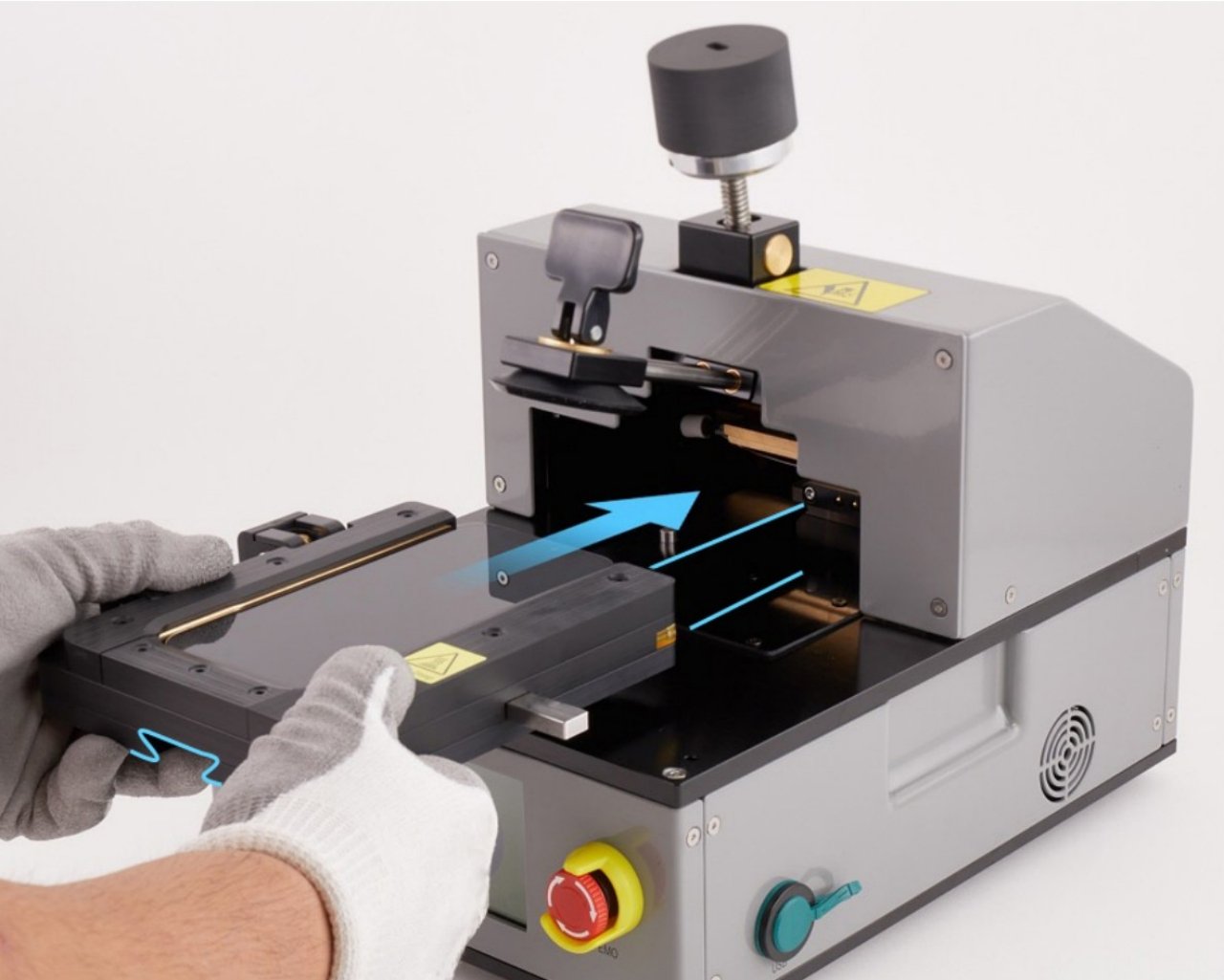
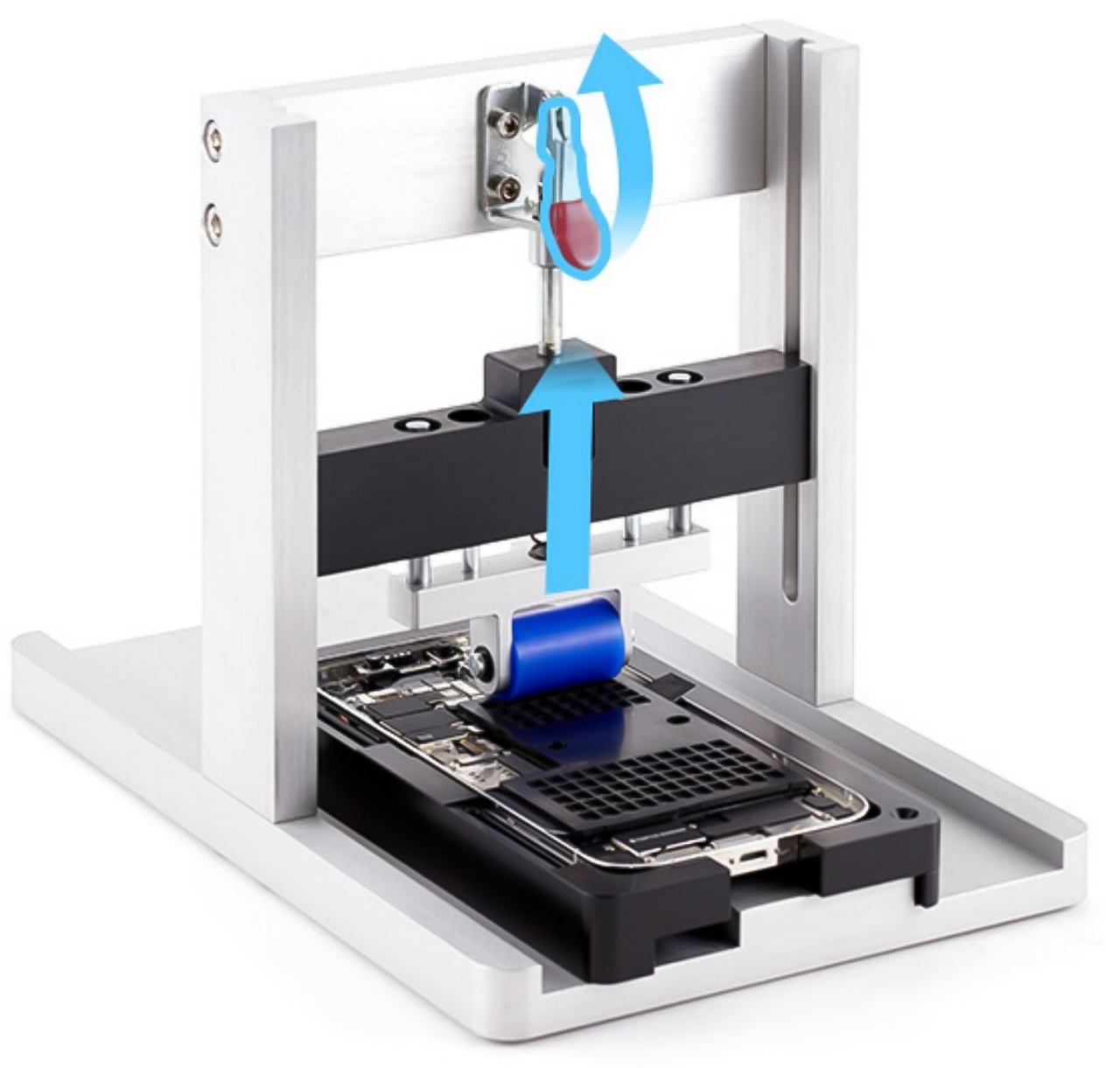
The biggest one is that you can only buy original replacement parts from Apple’s website, which is the only way the company can retain control over the quality of its products. Apple retains a tight grip and monopoly on these parts. This makes it the one who controls the market and is the only way to get original replacement parts. Ideally, it would allow even third-party replacement parts to be used in order to create a more competitive ecosystem that would help drive the prices of parts and services down.
Of course, just because you can doesn’t mean you should, at least for normal iPhone owners that have broken screens or dying batteries. This self-repair service program is intended more for smaller shops than individuals, especially considering the prices for the parts and tools. At the moment, only the iPhone 12 and older as well as the 3rd gen iPhone SE are supported, and the program is only available in the US. However, this program will eventually be available in Europe and cover Macs with Apple Silicon.
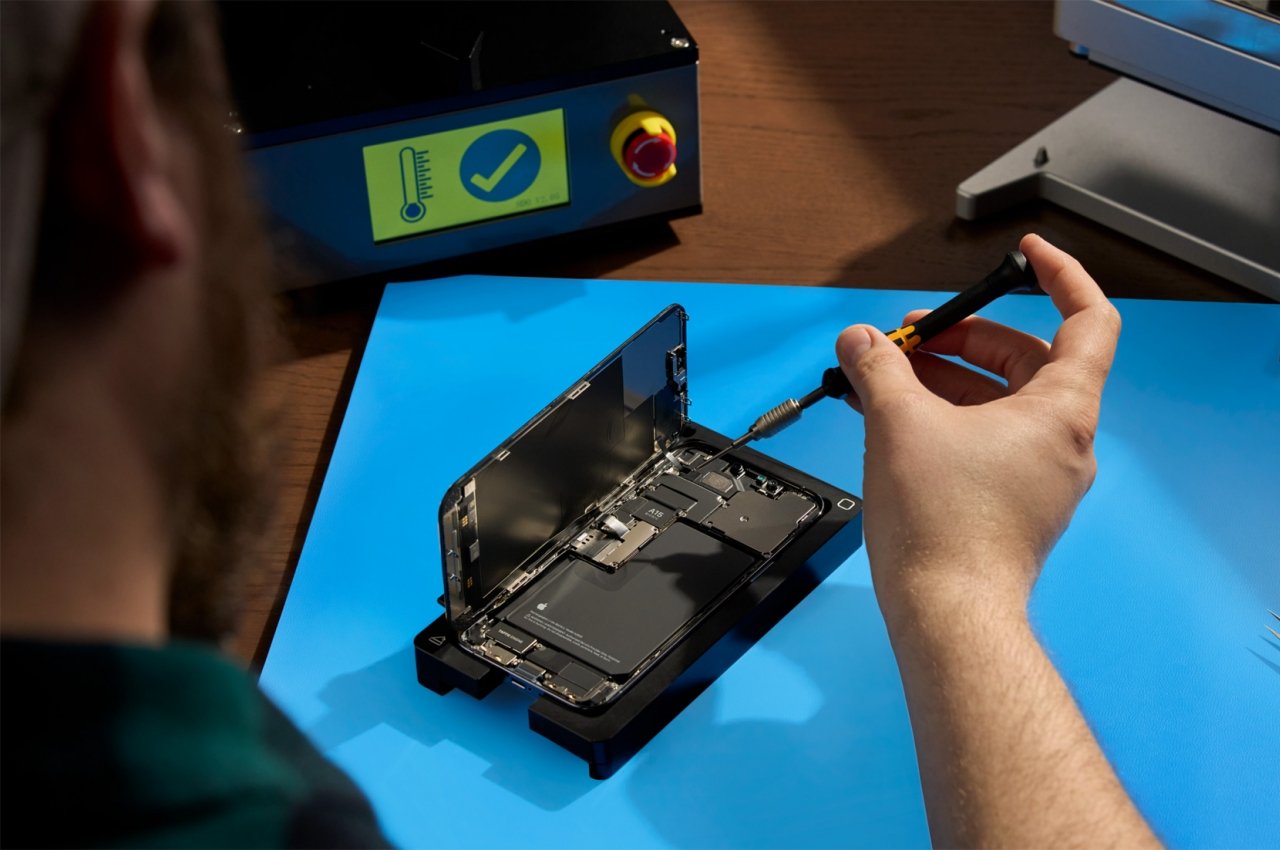
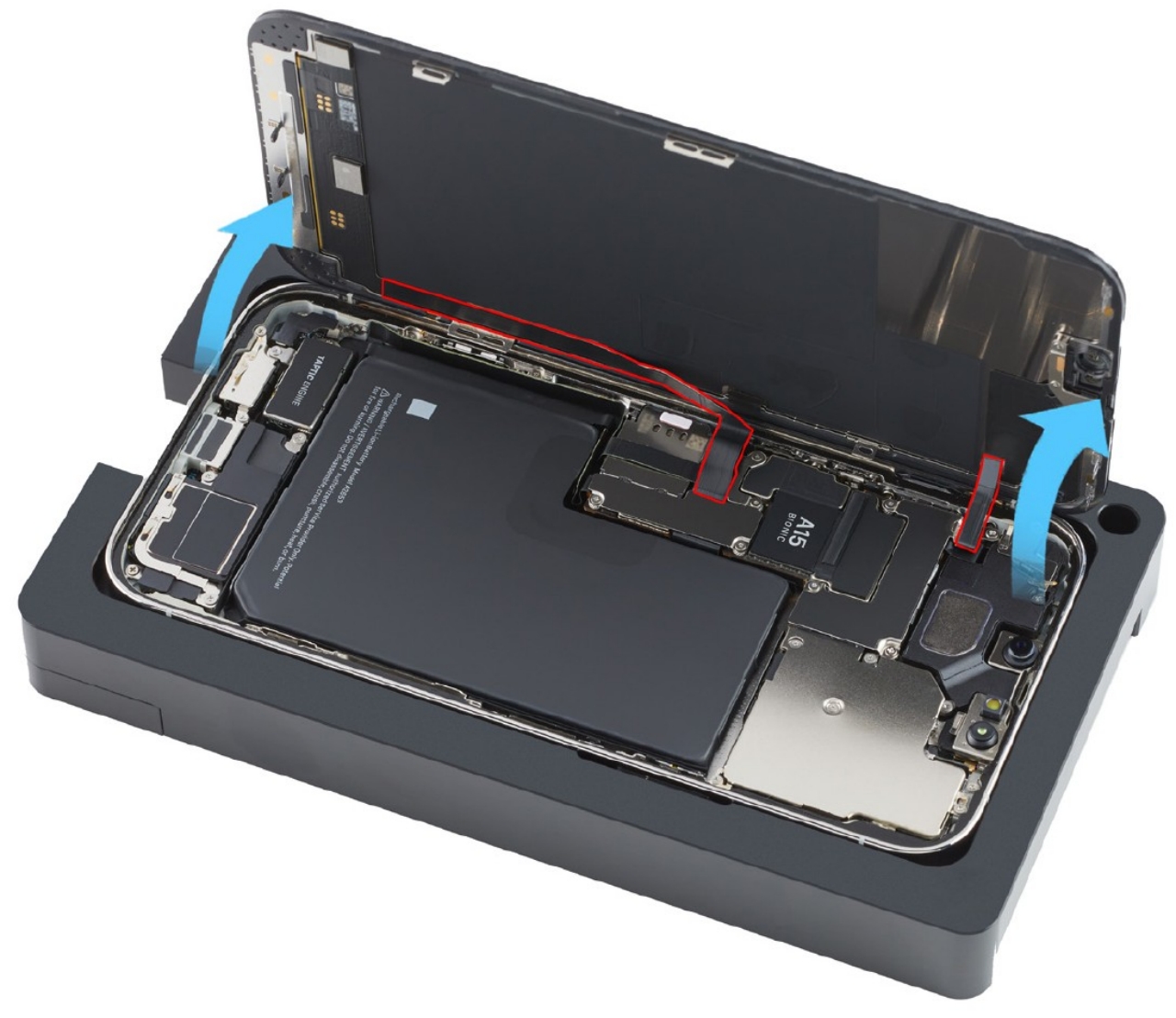
Source: www.yankodesign.com